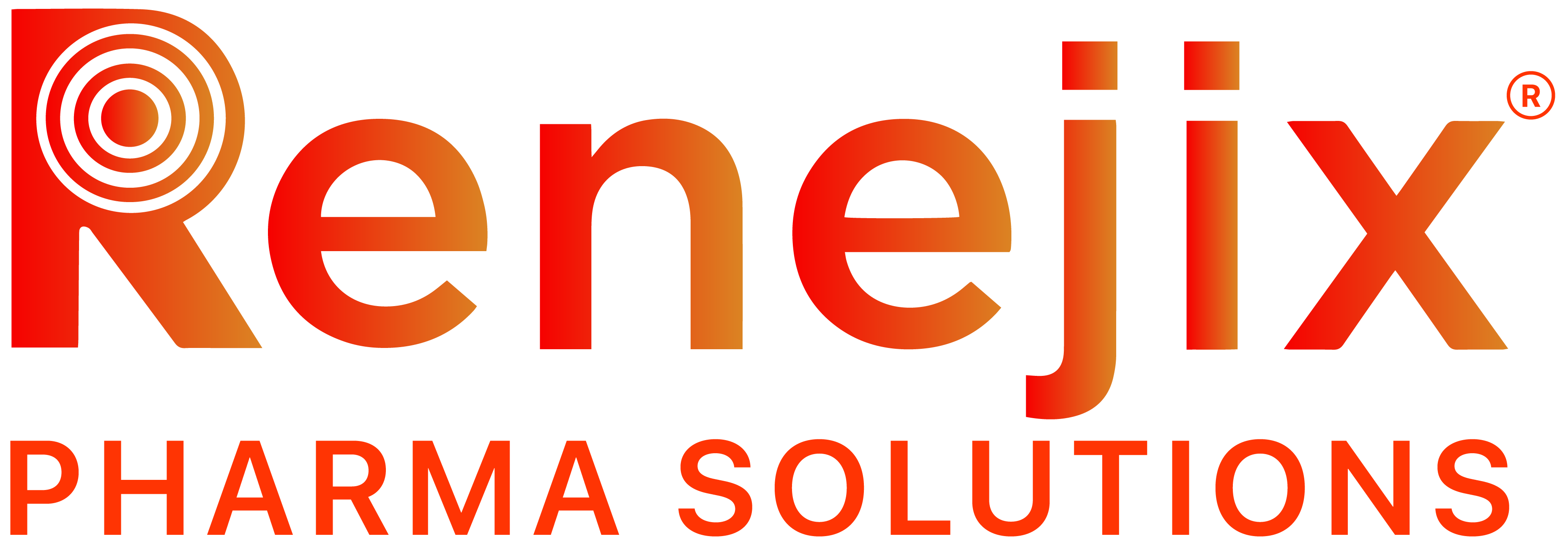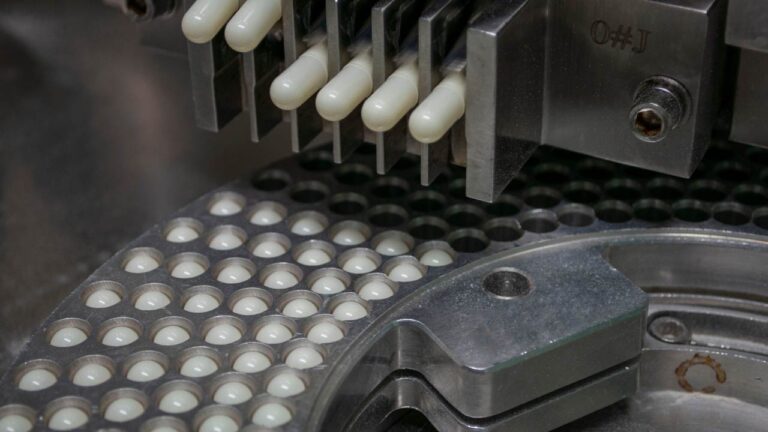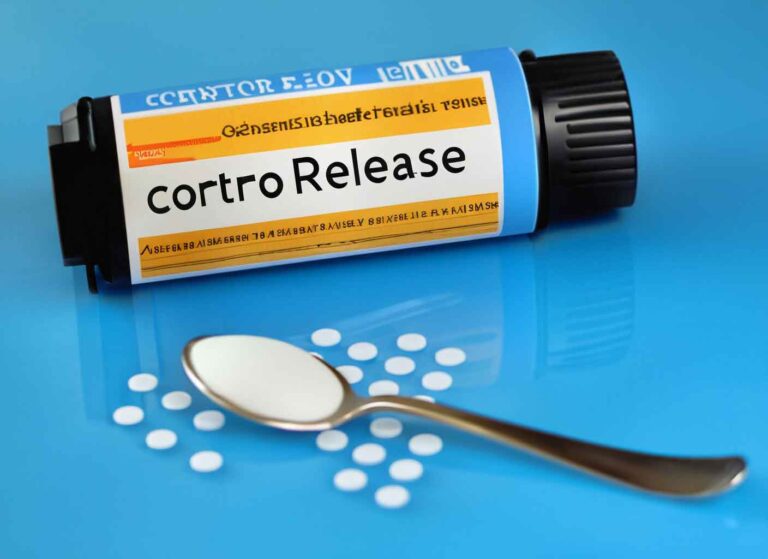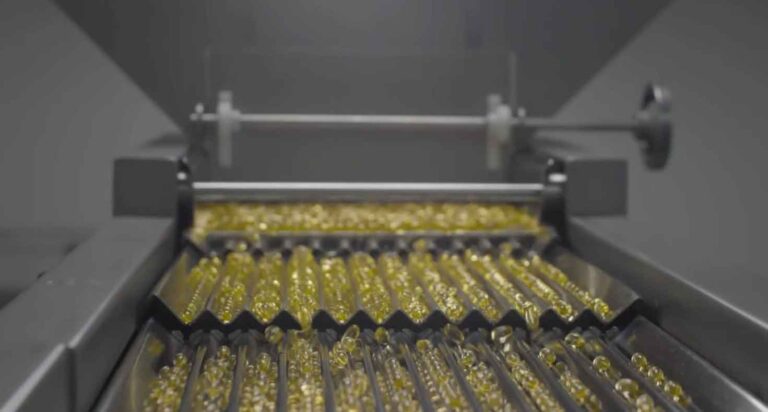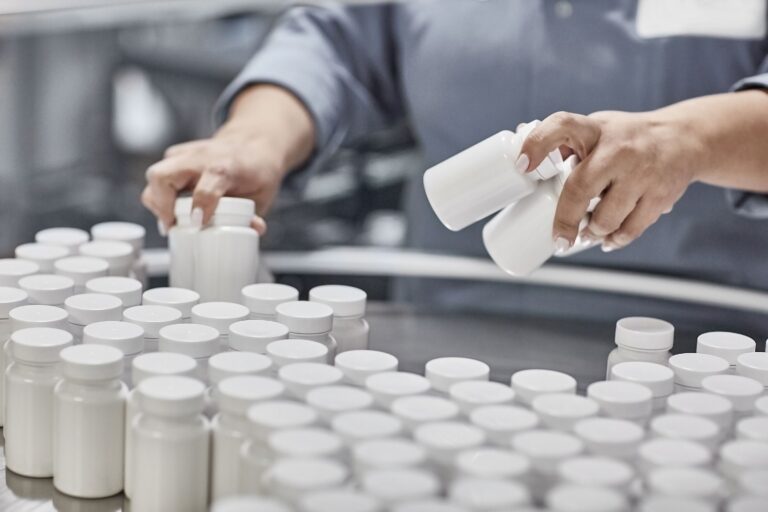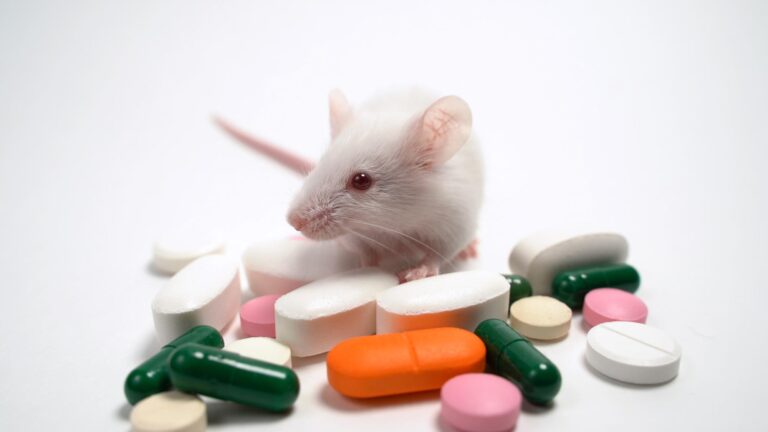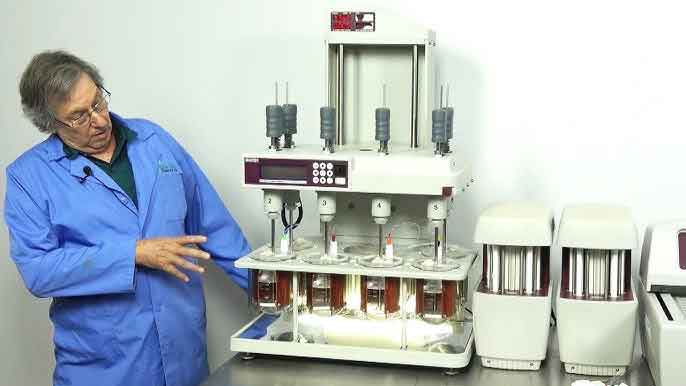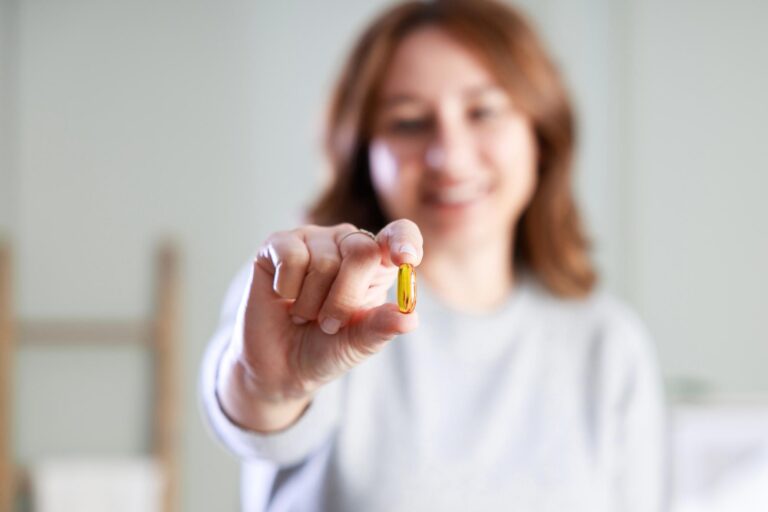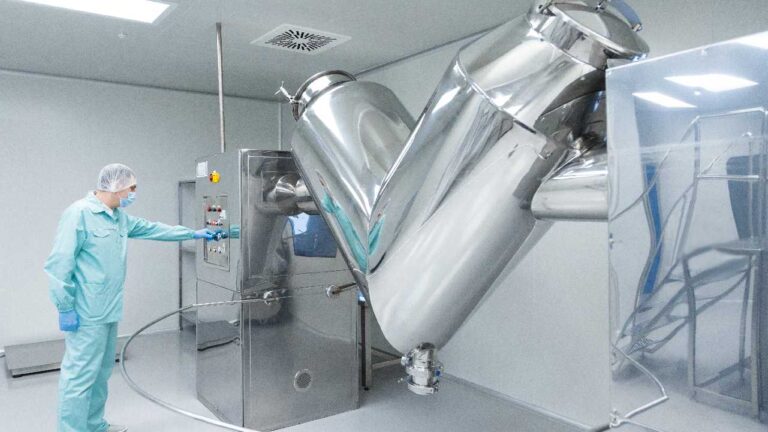IMPROVE PRODUCT ACCEPTABILITY AND PATIENT ADHERENCE
The growing need for versatile drug formats is more urgent than ever, addressing patient challenges like swallowing difficulties. Simultaneously, the FDA’s push for pediatric-appropriate drugs places a spotlight on critical factors such as taste, scent, and texture. As the costs for developing and researching these taste masking formulations rise, there’s an increasing demand for manufacturing solutions that are both scalable and cost-efficient.
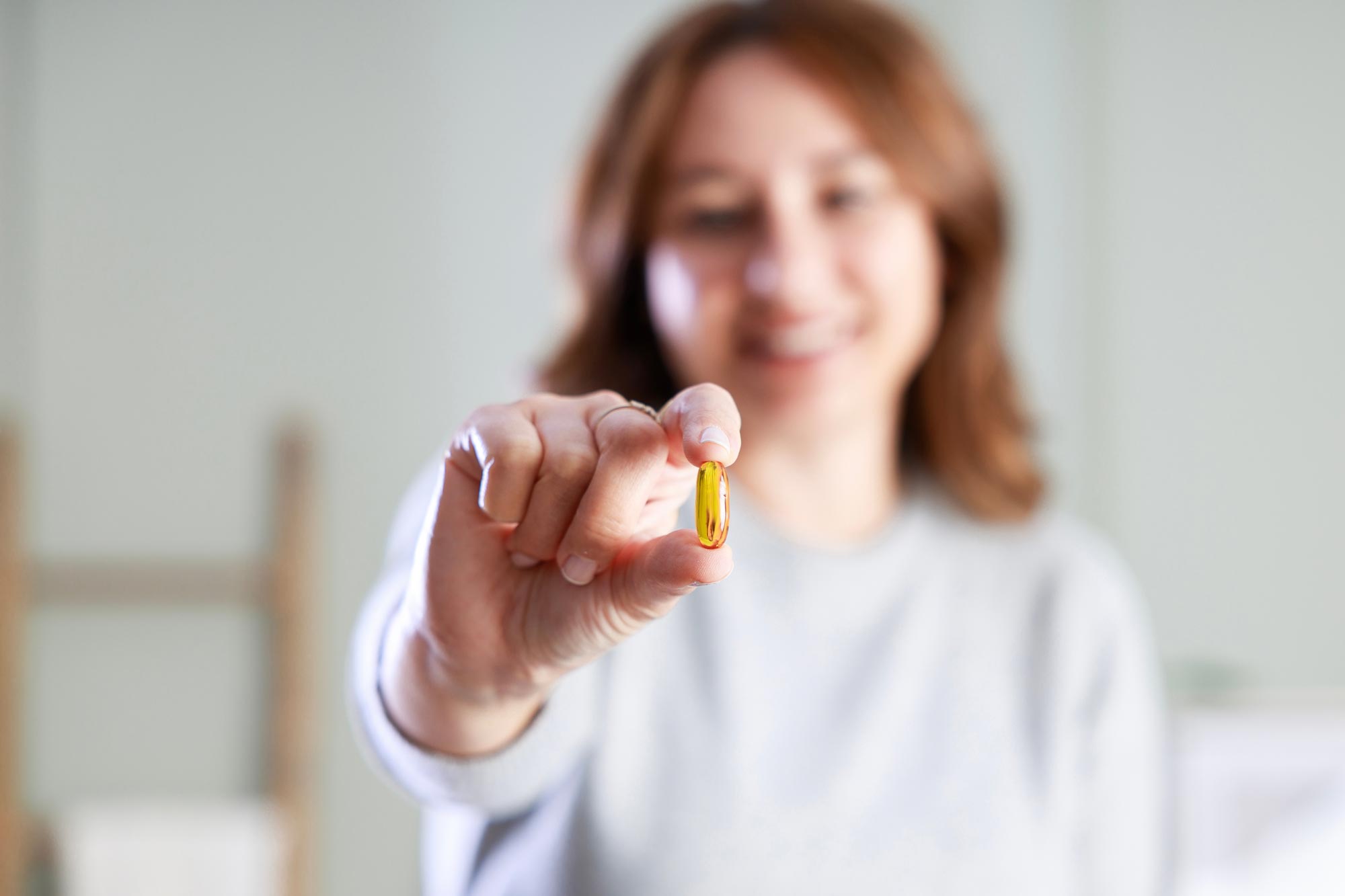
taste Masking Solutions
API Taste Modifiers or Suppressants
- Sweeteners: These are commonly used to mask the bitter taste of APIs. Examples include sucrose, fructose, aspartame, and sucralose. Sweeteners work by stimulating the sweet taste receptors on the tongue, which can help to overshadow the bitter taste of the API. They are often used in combination with other taste-masking agents to enhance the overall palatability of the medication.
- Flavors: Natural or artificial flavors are added to improve the taste of medications. Common flavors include fruit flavors like cherry, orange, and grape. These flavors can be used to mask the unpleasant taste of the API by providing a more pleasant sensory experience. The choice of flavor can be tailored to the preferences of different patient populations, such as children or the elderly.
- Bitter Receptor Blockers or Antagonists: These agents block the bitter taste receptors on the tongue, preventing the perception of bitterness. Examples include compounds like adenosine monophosphate (AMP) and lactisole. These blockers can be used in combination with other taste-masking agents to provide a more comprehensive approach to taste masking.
- Potentiators: These enhance the sweetness or other pleasant flavors in the formulation, making the overall taste more acceptable. Potentiators work by increasing the sensitivity of the taste receptors to sweet or umami flavors, which can help to mask the bitterness of the API.
- Effervescents: These create a fizzy sensation that can help mask unpleasant tastes and improve the palatability of the medication. Effervescent agents, such as citric acid and sodium bicarbonate, react to produce carbon dioxide gas, which can help to distract from the bitter taste of the API.
API Solubility Modifiers
- pH Modifiers: Adjusting the pH of the formulation can enhance the solubility of the API. This is particularly useful for ionizable drugs, as the solubility of these drugs can be highly dependent on the pH of the solution. By optimizing the pH, formulators can improve the dissolution rate and bioavailability of the API.
- Gellation or Viscosity Enhancers: Agents like hydrocolloids can increase the viscosity of the formulation, which can help in masking the taste and improving the solubility. Examples include xanthan gum, guar gum, and carrageenan. These agents can also help to stabilize the formulation and prevent the separation of the API from the excipients.
API Barriers
- Molecular/Ionic Barrier via Complexation: This involves forming complexes with agents like ion exchange resins or cyclodextrins to mask the taste and improve stability. Cyclodextrins, for example, can form inclusion complexes with the API, encapsulating the bitter molecules and preventing them from interacting with the taste buds. Ion exchange resins can also be used to bind the API and release it slowly, reducing the perception of bitterness.
- Physical Barrier via Coating or Granulation: Polymers or lipids are used to coat the API, creating a physical barrier that prevents the API from interacting with taste buds. Examples include the use of ethylcellulose, hydroxypropyl methylcellulose (HPMC), and various lipid-based coatings. These coatings can also protect the API from environmental factors such as moisture and light, enhancing the stability and shelf life of the medication.
API Modification
- Salt Formation: Converting the API into a salt form can improve its solubility and taste. Salts are often more soluble than their corresponding free acids or bases, which can enhance the dissolution rate and bioavailability of the API. Examples include the use of hydrochloride, sulfate, and phosphate salts.
- Polymorphs: Different crystalline forms of the API can have different solubility profiles. By selecting a polymorph with higher solubility, formulators can improve the dissolution rate and bioavailability of the API. Polymorph screening is an important step in the development of solid dosage forms.
- Cocrystals: These are crystalline structures composed of the API and a co-former, which can enhance solubility. Cocrystals can improve the dissolution rate and bioavailability of the API by altering its crystal lattice structure. Examples include cocrystals formed with carboxylic acids, amides, and other small molecules.
- Prodrugs: These are chemically modified versions of the API that are converted into the active drug in the body. Prodrugs can improve solubility and taste by altering the physicochemical properties of the API. Examples include ester prodrugs, which can enhance the lipophilicity and permeability of the API.
Sensory Modification
- Texture Modifiers: Agents that change the texture of the medication to make it more palatable. Examples include gelling agents and thickeners like gelatin, pectin, and agar. These agents can improve the mouthfeel of the medication and make it more acceptable to patients.
- Cooling Agents: Substances like menthol that provide a cooling sensation in the mouth, which can help mask unpleasant tastes. Cooling agents can provide a refreshing sensation that distracts from the bitterness of the API.
Flavor Engineering
- Flavor Pairing: Combining flavors in such a way that they complement each other and enhance the overall taste profile of the medication. This approach can be used to create more complex and appealing flavor profiles that mask the bitterness of the API.
- Flavor Encapsulation: Encapsulating flavors within a matrix that controls their release, providing a sustained pleasant taste experience throughout the administration of the medication. This technique can be used to mask the initial bitterness of the API and provide a more enjoyable taste experience.
Customizable Release Profiles
- pH-Responsive Polymers: Designing polymers that dissolve at specific pH levels, releasing taste-masking agents when the medication is in the mouth. This approach can be used to target the release of taste-masking agents to the oral cavity, where they are most needed.
- Enzyme-Triggered Release: Utilizing formulations that release flavor enhancers in response to enzymes present in saliva. This approach can provide a more targeted and effective taste-masking solution by releasing the flavor enhancers only when they are needed.
Microencapsulation
Our microencapsulation technology by coacervation is a taste-masking solution with a wide variety of delivery formats.
Uniform coating of a solid particle or liquid droplet with a rigid semi-permeable polymer creates a physical barrier:
- Effective taste masking
- Customized release profile
- Turn liquids into powders
- Combine incompatible APIs
Final dosage forms:
- Powder
- Dry syrup
- Orally disintegrating tablets
- oral solids
- Food-like texture dosage form
Proprietary Taste-Masking Process
The microencapsulation coacervation process can also be used for varying non-isometric particle shapes.
Our taste masking process also offers:
- Particle dimensions – as small as 150-200 µm
- Very efficient coating ~15-20%
- Adjustable and consistent release profile
- Rapid production cycle – completed within a single shift
- Coating volume does not affect processing duration
- Large scale production capability
- Accommodates various particle forms
Microspheres
Microparticles at an unprecedented scale:
- Particle sizes down to 75 μm with Span values as low as 0.40
- Uses a nitrogen carrier stream
- Analogous to spray congealing
- No drying step or coating required
- Compatible with waxes, lipids, stearates, and gelatins
- Great for oral small molecules, nutraceuticals, and heat stable molecules
Produces uniform microspheres and microcapsules with narrow size distribution and precise control over particle structure
Multiparticulates are able to deliver:
- Uniformity
- Format Flexibility
- Dose Flexibility
- Taste Masking
- Variable Release Kinetics
- Single-step Microcapsules
Benefits of taste masking technology
Improve Patient Adherence
By effectively masking the unpleasant flavors of medications, taste masking creates a significantly more pleasant patient experience, which is crucial for ensuring that patients, especially those with chronic illnesses, adhere to their medication regimens without being deterred by the taste. This approach is particularly important for pediatric and geriatric populations, who are often more sensitive to the taste of medications. By improving the palatability of medications, taste masking helps to reduce the likelihood of missed doses and enhances overall treatment efficacy. Furthermore, taste masking can also improve the acceptability of medications in patients with conditions that affect their sense of taste, such as chemotherapy-induced taste changes or age-related taste loss. The correlation between taste masking and understanding the impact on patient adherence is critical for any successful treatment plan, as patient compliance can increase significantly, sometimes by as much as 90%.
Broaden Market Reach
Taste masking allows a company to cater to a diverse patient base. This not only improves the user experience but also opens up new market segments for growth and development. By offering taste-masked medications, you can target markets such as pediatric, geriatric, and veterinary medicine, where taste is a significant barrier to medication adherence. Additionally, taste masking can enhance the appeal of over-the-counter products, making them more competitive in the consumer market. This broad market reach is further supported by our ability to customize taste masking solutions for different cultural preferences and dietary restrictions, ensuring that their products are accessible to a global audience.
Strengthen Product Stability
Our advanced taste masking techniques often involve protective coatings that do more than just conceal taste; they also protect the active ingredients from degradation due to environmental exposure, thus enhancing the product’s shelf life and efficacy. These coatings can shield the medication from moisture, light, and oxygen, which are common factors that can lead to the degradation of active pharmaceutical ingredients. By maintaining the stability of the medication, Renejix ensures that patients receive the full therapeutic benefit of the drug throughout its shelf life. Additionally, these protective coatings can also improve the physical stability of the dosage form, preventing issues such as tablet breakage or powdering, which can compromise the integrity of the medication. The magnitude of the bitter taste of the active constituent, total dosage of the drug, drug particulate form and size distribution, solubility and ionic characteristics of the medication, formulating factors in terms of disintegration and dissolution time, target discharge rate, and bioavailability are all considerations that are taken into account through the taste-masking formulation and type of dosage form.
Efficacy and Bioavailability
Renejix’s strategic approach to taste masking ensures that the active ingredients are released in the most effective manner, optimizing absorption and maximizing the therapeutic benefits of the medication. By carefully selecting taste masking techniques that do not interfere with the drug’s release profile, Renejix ensures that the medication is absorbed at the right rate and to the right extent. This is particularly important for drugs with narrow therapeutic windows, where precise control over drug release is critical for efficacy and safety. Furthermore, taste masking can also enhance the bioavailability of poorly soluble drugs by incorporating solubility-enhancing excipients into the taste-masked formulation, thereby improving the overall therapeutic outcome. Various techniques available for masking the bitter taste of drugs include taste masking with ingredients such as flavors, sweeteners, and amino acids; taste masking by polymer coating; taste masking by conventional granulation; taste masking with ion-exchange resins; taste masking by spray congealing with lipids; taste masking by formation of inclusion complexes with cyclodextrins; taste masking by the freeze-drying process; taste masking by making multiple emulsions; and taste masking with gelatin, gelatinized starch, liposomes, lecithins or lecithin-like substances, surfactants, salts, or polymeric membranes.
Versatile Dosage Options
From chewable tablets, solutions & suspensions to dissolvable strips, we have taste masking capabilities enabling the creation of user-friendly and innovative medication delivery systems. These versatile dosage options cater to different patient preferences and needs, making it easier for patients to take their medications as prescribed. For example, chewable tablets and dissolvable strips are particularly beneficial for pediatric and geriatric patients who may have difficulty swallowing traditional tablets or capsules. Additionally, these dosage forms can be designed to provide rapid onset of action, which is advantageous for conditions that require quick relief, such as pain or allergy symptoms. The administration of drug, dosage accuracy, toxicity, and taste must be taken into consideration for the appropriate usage of the drug as well as the compliance and adherence to the treatment.
Tailored Solutions for Specific Populations
Understanding that different patient groups have unique needs, our scientists customize taste masking solutions to align with the preferences and requirements of each target demographic, ensuring maximum acceptance and satisfaction. For pediatric patients, this may involve using sweeteners and flavors that appeal to children, while for geriatric patients, it may involve creating formulations that are easy to swallow and gentle on the stomach. Renejix also considers the specific needs of patients with chronic conditions, such as diabetes or hypertension, by developing taste-masked formulations that do not interfere with their dietary restrictions or other medications. This tailored approach ensures that all patients receive medications that are not only effective but also easy and pleasant to take. The use of taste-masking technologies is driven by a number of factors that can be classified as regulatory, economic, demographic, and philanthropic.
Regulatory
With a keen understanding of regulatory landscapes, Renejix ensures that all taste-masked products meet the stringent requirements set forth for pediatric and geriatric formulations, thus facilitating smoother market entry and compliance. This includes adhering to guidelines on the use of excipients, ensuring that taste-masked formulations are safe and effective for their intended populations. Renejix also stays up-to-date with evolving regulatory requirements and works closely with regulatory agencies to ensure that their products meet all necessary standards. By doing so, Renejix not only ensures the safety and efficacy of their products but also builds trust with healthcare providers and patients, ultimately supporting the successful commercialization of their taste-masked medications. Many regulatory guidelines have been laid down for the pediatric class in the field of route of administration; excipients like additives, colorants, and flavors; tolerance and safety; use of validated taste sensing analytical technologies.
Related Services

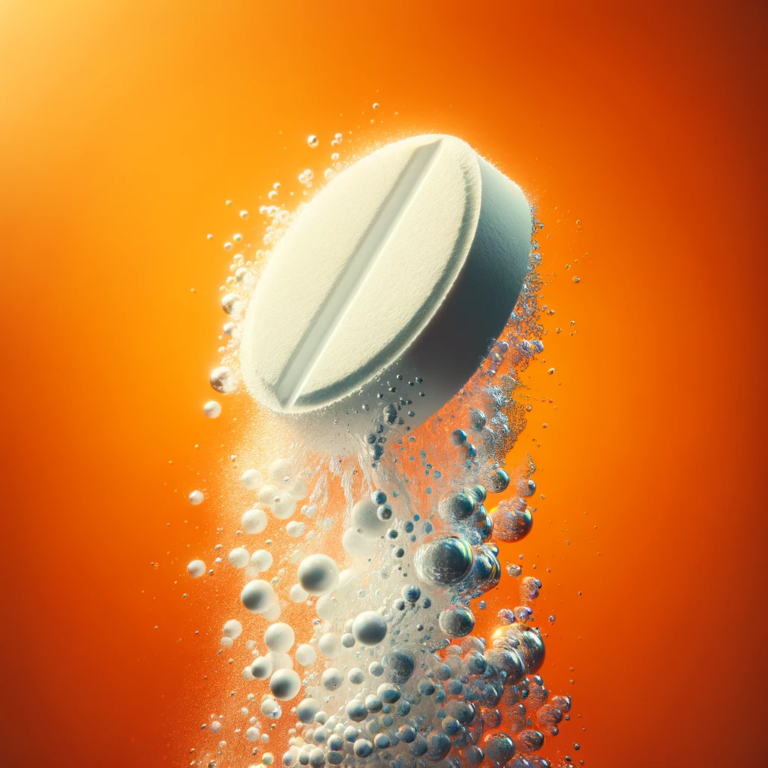




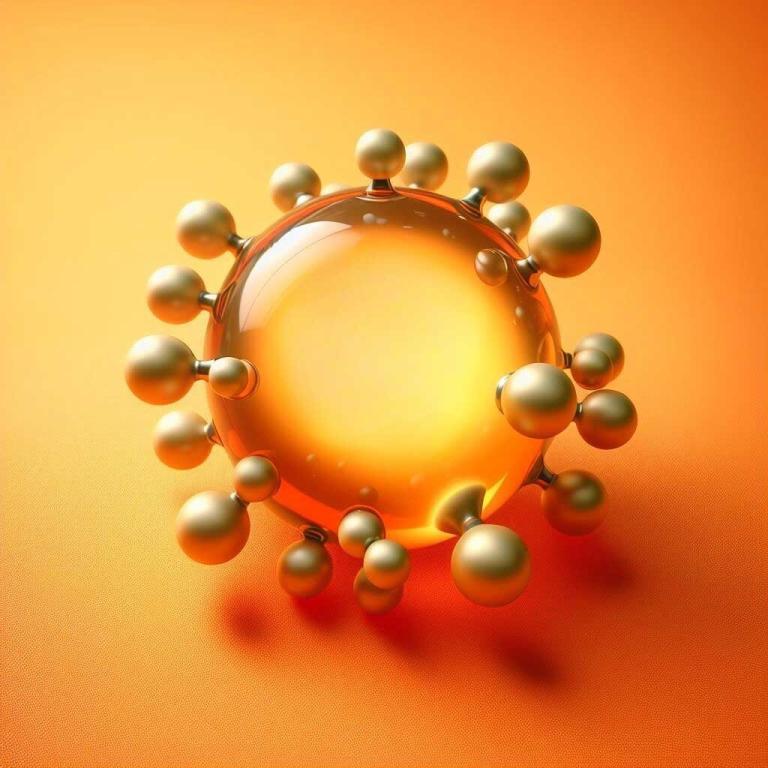
FAQs
Here are some frequently asked questions about Taste Masking Technology
Taste masking refers to the process of concealing the unpleasant taste of active pharmaceutical ingredients (APIs) to make oral medications more palatable. This is crucial for improving patient compliance, especially in pediatric, geriatric, and other patient groups who are particularly sensitive to bitter tastes. Effective taste masking can significantly enhance the acceptability and thus the effectiveness of a medication regimen.
Renejix employs a variety of techniques for taste masking, including:
- Coating: Applying a thin polymer layer around the drug particle or tablet to prevent the immediate release of the drug in the oral cavity.
- Microencapsulation: Encasing the drug particles in a microscale shell to mask taste until it reaches the desired point of absorption.
- Complexation: Using substances like cyclodextrins to form complexes with the drug, reducing its availability to taste receptors.
- Formulation with flavors and sweeteners: Incorporating flavors and sweeteners can help in masking the unpleasant taste of APIs.
- Use of ion exchange resins: Binding the drug molecules to resins to prevent their release in the mouth.
Selecting the most appropriate taste masking technique involves evaluating several factors:
- Chemical properties of the API: Solubility, pH stability, and molecular size can influence the choice of technique.
- Desired release profile: Immediate release versus controlled or extended release can dictate the suitability of a technique.
- Target patient population: Considerations such as age, patient sensitivities, and preferences play a crucial role.
- Regulatory requirements: Compliance with regulatory guidelines for safety and efficacy.
- Cost-effectiveness: Balancing the cost of the technique with the benefits it offers in terms of patient compliance and product differentiation.
While taste masking does not directly enhance the pharmacological efficacy of a drug, it can improve drug efficacy indirectly by enhancing patient compliance. When medications are more palatable, patients are more likely to adhere to their prescribed dosing regimen, leading to better treatment outcomes.
Limitations and challenges in taste masking include:
- Maintaining drug efficacy: Ensuring that the taste masking process does not interfere with the drug's bioavailability or therapeutic effect.
- Regulatory compliance: Meeting the regulatory standards and requirements for safety and efficacy.
- Cost: Some taste masking techniques can be costly and may impact the final product pricing.
- Complexity: Developing a suitable taste masking formulation can be complex and requires extensive R&D and testing.
Ensuring the stability of taste-masked formulations involves:
- Stability testing: Conducting rigorous stability tests under various environmental conditions to ensure the formulation maintains its integrity and efficacy over time.
- Appropriate packaging: Using packaging materials that protect the formulation from moisture, light, and other factors that could compromise stability.
- Optimized formulation: Carefully selecting excipients and processing conditions that contribute to the stability of the taste-masked product.
Patient feedback is invaluable in the development of taste-masked formulations. It provides direct insight into the palatability and acceptability of the medication, which can guide formulation adjustments. Patient-centered design, involving taste tests and preference studies, can help optimize the formulation to ensure high levels of patient compliance and satisfaction.
Taste masking can be applied to most oral dosage forms, including tablets, capsules, liquids, and chewables. However, the suitability and approach to taste masking may vary depending on the dosage form's characteristics and the intended release mechanism (e.g., immediate release versus sustained release).
Regulatory authorities view taste masking as a critical component of drug formulation that can significantly impact patient compliance. They require that taste-masked products meet all the usual safety and efficacy standards, and that the taste masking process does not adversely affect the drug's pharmacokinetic properties. Detailed documentation of the taste masking development process and its impact on the drug product's performance is required for regulatory submissions.
Advancements in taste masking technologies include:
- Nanotechnology-based approaches: Employing nanoparticles for improved encapsulation and targeted release.
- Molecular imprinting: Creating polymer networks that selectively bind unpleasant-tasting molecules, preventing them from interacting with taste receptors.
- Genetic taste profiling: Tailoring formulations based on genetic variations in taste perception to create more universally acceptable medications.
- Innovative excipients: Developing new excipients that can more effectively mask tastes or enhance the flavoring of oral dosage forms.
